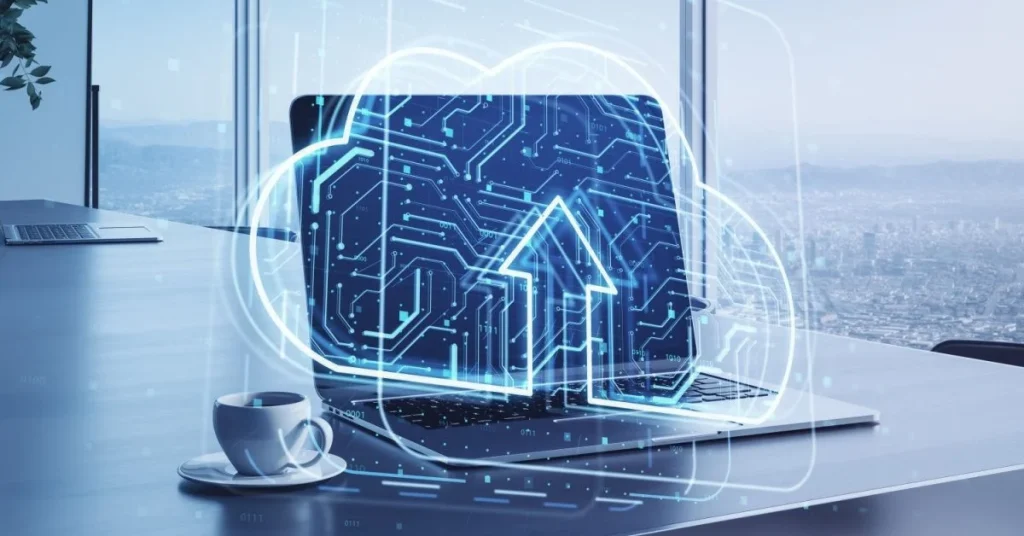Virtual Desktops for Ultimate Organization

In today’s fast-paced digital world, staying organized and maintaining focus can be challenging. One powerful tool that can significantly enhance your workflow and productivity is the use of virtual desktops. This feature, available on most modern operating systems, allows you to create, customize, and switch between multiple desktops, keeping your tasks and applications neatly organized. In this detailed guide, we’ll explore how to leverage virtual desktops for ultimate organization and introduce how Polar Backup can safeguard your data across all virtual environments.
What are Virtual Desktops?
Virtual desktops provide a way to segregate different tasks and applications into separate desktop environments. This can be particularly useful for:
- Task Management: Keeping work-related applications separate from personal ones.
- Focus and Productivity: Reducing clutter and distractions by isolating specific projects or tasks.
- Efficient Multitasking: Easily switching between different sets of applications and tasks without losing context.
Creating Virtual Desktops
Windows 10/11
- Access Task View:
- Click on the Task View button on the taskbar (or press Win + Tab).
- Create a New Desktop:
- In the Task View interface, click on “New desktop” at the top left.
- Switch Between Desktops:
- In Task View, click on the desired desktop to switch to it. You can also use Ctrl + Win + Left/Right Arrow to switch quickly.
macOS
- Access Mission Control:
- Swipe up with three or four fingers on the trackpad, or press the F3 key.
- Create a New Desktop:
- In Mission Control, click the “+” button at the top right to create a new desktop.
- Switch Between Desktops:
- Swipe left or right with three or four fingers on the trackpad, or use Ctrl + Left/Right Arrow.
Customizing Virtual Desktops
Customizing your virtual desktops can further enhance your productivity. Here are some tips:
- Name Your Desktops:
- Giving each desktop a specific name (e.g., “Work,” “Personal,” “Research”) can help you quickly identify and switch to the right one.
- Unfortunately, naming desktops natively isn’t supported in all OSes, but you can keep a mental map or use sticky notes as a workaround.
- Organize Applications:
- Assign specific applications to specific desktops. For example, keep all your work-related apps (e.g., email, Slack, project management tools) on one desktop and personal apps (e.g., social media, entertainment) on another.
- Set Unique Wallpapers:
- Different wallpapers can visually distinguish your desktops, helping you instantly recognize which desktop you’re on.
Switching Between Virtual Desktops
Efficiently switching between virtual desktops is crucial for maintaining flow and focus:
- Keyboard Shortcuts:
- Windows: Use Ctrl + Win + Left/Right Arrow to switch between desktops.
- macOS: Use Ctrl + Left/Right Arrow to navigate through desktops.
- Task View/Mission Control:
- Windows: Press Win + Tab to access Task View and select a desktop.
- macOS: Use Mission Control (swipe up with three or four fingers, or press F3) to switch desktops.
Incorporating Polar Backup into Your Workflow
Now that you’ve mastered virtual desktops for improved organization, it’s essential to ensure that your data is protected across all environments. This is where Polar Backup comes into play.
Why Polar Backup?
- Comprehensive Data Protection:
- Polar Backup provides secure and reliable backup solutions, ensuring that all your files, applications, and settings across virtual desktops are safely stored.
- Seamless Integration:
- Whether you’re working on a project in one virtual desktop or managing personal tasks in another, Polar Backup seamlessly integrates with your workflow, automatically backing up data in real-time.
- Easy Restoration:
- In case of accidental deletions or system failures, Polar Backup allows for quick and easy restoration of your data, minimizing downtime and disruption.
How to Use Polar Backup with Virtual Desktops:
- Install Polar Backup:
- Download and install Polar Backup on your system.
- Set Up Backup Schedules:
- Configure Polar Backup to automatically back up data from all your virtual desktops at regular intervals.
- Monitor Backup Status:
- Use the Polar Backup dashboard to monitor backup status and ensure all data is consistently protected.
- Restore Data When Needed:
- If you encounter any data loss, use Polar Backup’s intuitive interface to restore files quickly, ensuring your workflow remains uninterrupted.
Conclusion
Virtual desktops are a powerful tool for organizing your digital workspace, enhancing focus, and boosting productivity. By creating, customizing, and efficiently switching between virtual desktops, you can keep your tasks and applications well-organized. Additionally, integrating Polar Backup into your workflow ensures that your data remains safe and secure across all virtual environments. Embrace the power of virtual desktops and Polar Backup to take your productivity to the next level.
